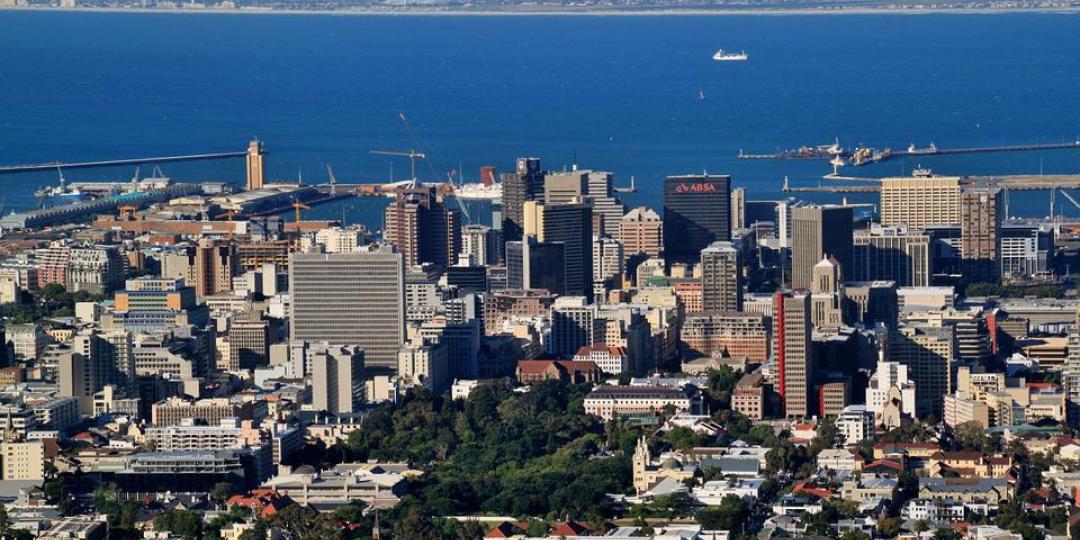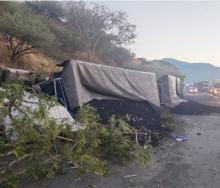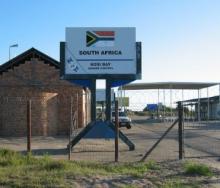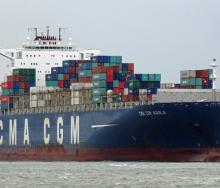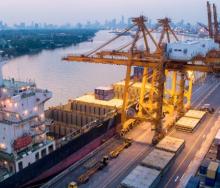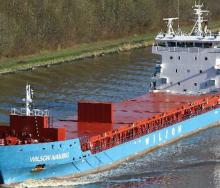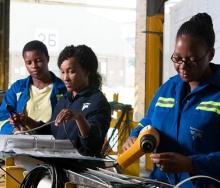The Western Cape has identified a range of initiatives that will see it increase exports from R136 billion to R272 billion over the next ten years.
According to Ilse van Schalkwyk, Chief Director of Economic Support and Tourism for the Western Cape Government, the development of an in-depth export strategy has given the province the ability to identify opportunities for the future.
The strategy solidifies the Western Cape’s intention to be export-led and highlights what actions are required to realise its goal.
Exports in the Western Cape have steadily increased over the past ten years, doubling in rand value between 2012 and 2021 despite the outbreak of the global pandemic.
“Even in the challenging global economic environment, our exports increased by 7.4% in 2020 and then rebounded further by 19.9% in 2021,” said Van Schalkwyk at an event organised by the Exporters Club Western Cape.
The province still imports significantly more than it exports, although much of this is explained by the large volume of petroleum that is imported through the Western Cape.
Van Schalkwyk said imports had declined over the past few years, contributing to a considerable narrowing of the province’s trade deficit.
“The main challenges facing our export sector are the cost and inefficiency of trade infrastructure, the insufficient knowledge experience and supply when it comes to accessing international markets, difficulties in navigating tariffs standards and other regulatory barriers, securing Western Cape representation in national programmes and policies, as well as resource constraints.”
She said the province had realised that it needed to diversify into a wider range of products and services as well as the targeting of new markets. “This will require an increase in the province's production capabilities and logistics services. There are also significant regulatory obstacles and costs encountered by our exporters accessing foreign markets and a lack of co-ordinated support across provincial and national government departments.”
Van Schalkwyk told delegates the province also found itself uncompetitive globally due to tariffs and other costs.
“The Western Cape export basket also differs quite substantially from the national norm, yet our provincial exporters are strongly dependent on the outcomes of the national trade negotiations.”
With all this in mind, the Western Cape Export Strategy would try to find solutions to these challenges while identifying more products and services to export, allowing for the establishment of an entirely new tier of exporters.
“We want to grow our exports to Africa, while also increasing our exports to markets where we are already linked. The services sector has been identified for growth as there are far fewer regulatory issues involved and our export capability is high.”
Van Schalkwyk said the province was the first in the country to develop a complexity map and tool with the Department of Trade, Industry and Competition following suit. “This tool uses trade data over a 15-year period to lead our decision making as it gives us a clear indication of what products and services are in demand where in the world. This has given us a clear understanding of the demand, which we can now measure against our capabilities, what logistics we have and what trade agreements are in place to facilitate this. It has defined how we can double our exports over the next ten years, in which markets and with which commodities. We have identified over 60 000 opportunities and can now align companies in the Western Cape with these while building stronger trade routes.”
She said the substantial export potential in the Western Cape had been prioritised over the short, medium and long term and initial research had shown that exports could be grown by R38.3 billion in the short term and by another R30.6 billion in the medium term.
